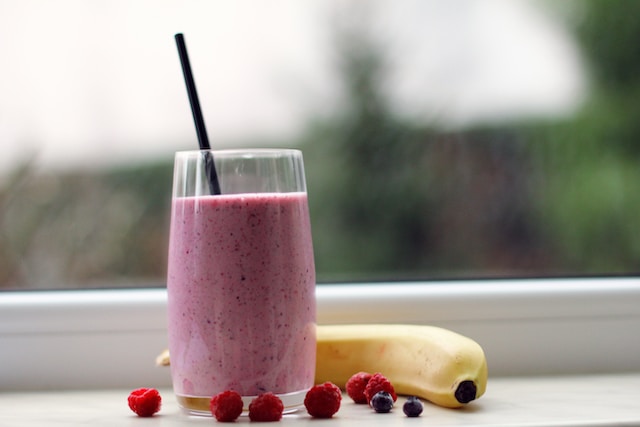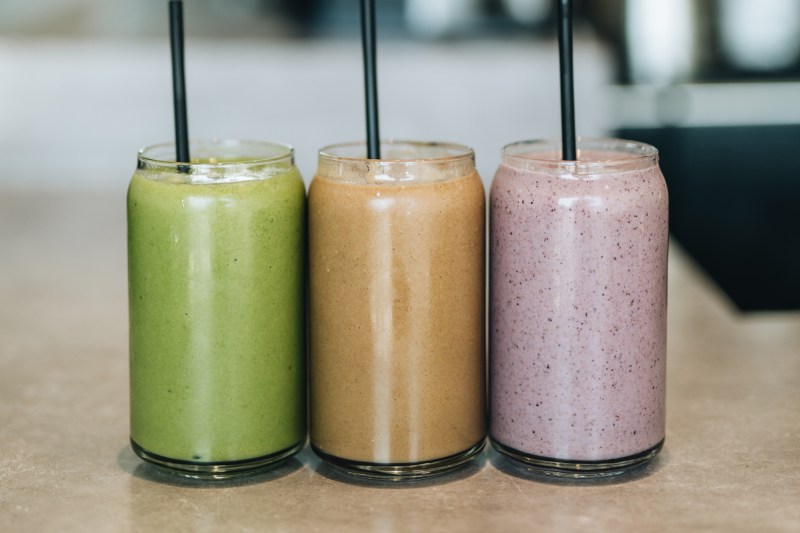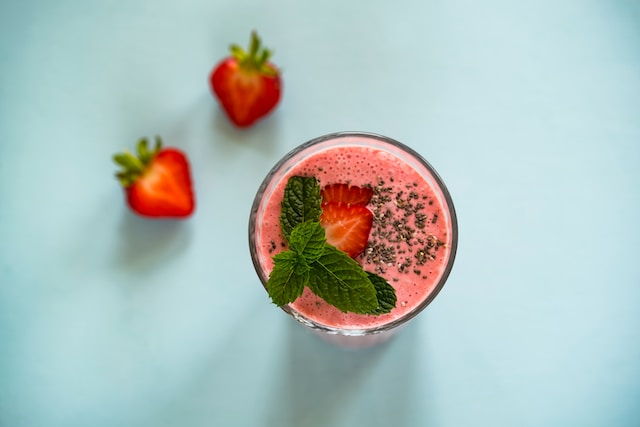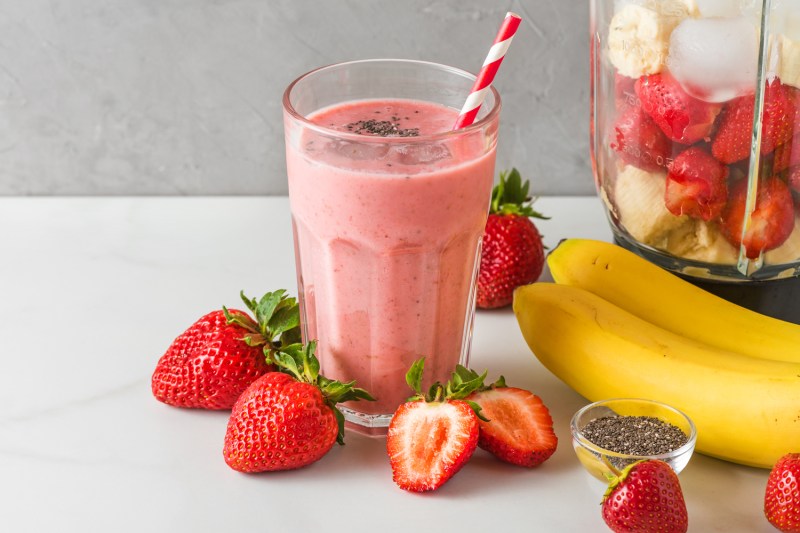
A perfectly blended smoothie can hit the spot for a quick breakfast, a snack, or even a meal replacement. Whether you’re looking to lose weight or simply enjoy a morning beverage, smoothies are a great way to get your daily serving of fruits and veggies.
Although simple smoothie recipes are easy to come by, it can take some time to master the art of at-home smoothie making. Which type of blender is best to use for smoothies? How can you make the process faster? We answer everything you need to know to make the best smoothies below. Soon, you’ll learn how to whip up the perfect smoothie at home with these tips and tricks.

Time-saving smoothie tips
Starting your day with a creamy fruit smoothie sounds great, but the smoothie-making process can take some time. Not only do you need to shop and prepare all the ingredients, but you’ll also be left with prep time and cleanup for every smoothie you make. This process might make blending up your favorite smoothie recipes too time consuming for those hectic workday mornings.
Preparing smoothies in advance
Meal prepping your smoothies is a great workaround to help you save time. Grab a pre-made smoothie and go! When stored properly, smoothies can be prepared in advance and remain fresh for three to five days. To ensure freshness, store your smoothies in airtight glass or plastic jars, cups, or even in covered mason jars.
Using personal blenders for easier cleanup
For those who prefer a freshly blended smoothie, using a personal blender can help make cleanup easier and save time. Unlike traditional blenders, personal blenders are smaller and more compact, which means less clean-up time. The single-serving nature of personal blenders allows you to drink right from the same blending container, which means one less dirty dish to wash.
Using frozen fruit and vegetables
Purchasing fresh fruit for your smoothie recipe means more time in preparation, including washing, cutting, and storing. In addition, smoothie recipes that use fresh fruit require the addition of ice. As a time-saving hack, use frozen fruit and vegetables to help save time and eliminate the need for ice in your smoothie. Using frozen produce also costs less and helps you avoid wasting money on spoiled produce.

How to make a smoothie like a pro
The key to perfecting smoothie recipes is creating balance. Add too much of any one ingredient, and the consistency and taste of your smoothie can quickly go awry. Now that we’ve covered how you can save time making smoothies, it’s time to get down to the tips for optimal preparation.
Creating balance with ingredients
As you experiment with new smoothie recipes, it can be tempting to throw all of your fruits and veggies into the mix. However, you’ll want to be mindful of the sugar content of fruits and balance your smoothie content with other ingredients. For example, consider adding ingredients with healthy fats, such as avocados, chia seeds, or nut butter. In addition, adding healthy fiber to your smoothie will help keep you fuller for longer.
Newbie smoothie makers rarely put enough liquid into smoothie recipes, causing a texture that is too chunky or clumpy. To avoid this common problem, choose your favorite milk (dairy milk, coconut milk, oat milk, almond milk, etc.) and add a splash until you reach the desired consistency.
Don’t forget the protein
Adding protein to your smoothie is a must — both for weight loss and taste. You can add protein to your smoothies in many forms, such as protein powder, yogurt, or various milks. Remember, it may take time to determine the best portions of each protein to create the right texture and thickness for your smoothie. Many protein powders on the market today also contain added benefits, such as vitamins and minerals, which can help give your smoothie a boost, too.
Adding thickeners for the right consistency
Using ingredients that enhance your smoothie’s thickness will help create that creamy, delicious smoothie you crave. Ingredients with natural thickening agents can help solve this problem. For example, bananas, avocados, and mangos are great for creating a thickened texture.
If you’re looking to add thickness to your smoothie while keeping the sugar content low, try adding chia seeds to your smoothie. When chia seeds come into contact with a liquid, they expand in size and create a thickened, gel-like substance that can help you achieve the desired smoothie texture.
Understanding smoothie ratios
Not following a smoothie recipe and winging it? If so, keep this general smoothie ratio in mind when deciding how much of each ingredient to add to the blender:
- 2 parts frozen fruit
- 1 part liquid (milk, water, or non-dairy product)
- 1 part thickener
- sweeteners, if needed (agave, stevia, honey, monk fruit)

Mastering the perfect smoothie
Knowing how to make a smoothie is not quite as simple as it sounds. Overall, mastering the perfect smoothie-making process at home can take some time, patience, and experimentation. However, these time-saving tips and preparation tricks can help you learn to whip up delicious smoothies at home in no time. Now all that’s left is to do is find your favorite recipe or create your own.



